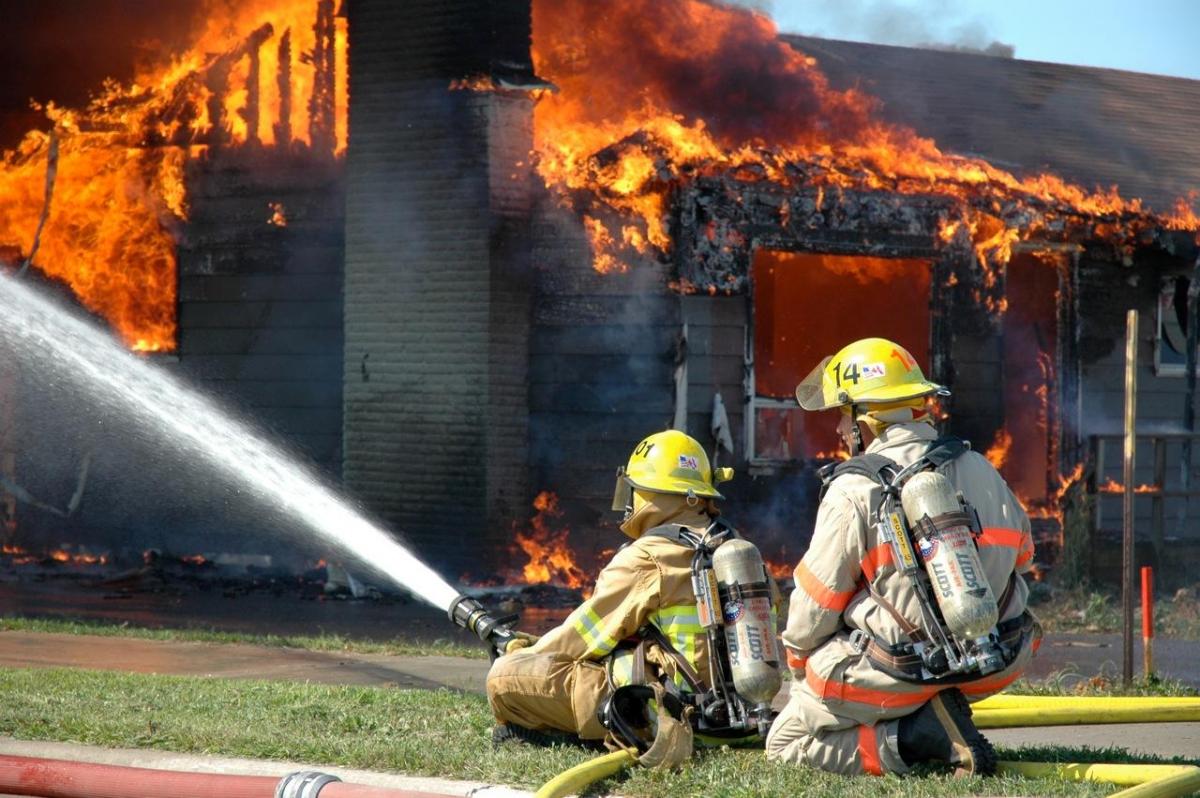EPA Fire Water Guidance Consultation

The EPA’s Draft Guidance on Fire Water Retention Facilities was first published in 1995. This Draft Guidance Note provided guidance to operators of industrial activities on fire water retention volume calculations and the requirements for fire water retention facilities.
This document has now been revised by the EPA to take into account changes in legislation since it was first published. The EPA has issued new guidance for public consultation together with a Fire Water Risk Assessment tool.
The key proposed changes to the Fire Water Retention Guidance include:
- A complete update for relevant legislation;
- The incorporation of H-Statements replacing Risk Phases;
- Three different methods for calculating the volume of firewater retention, compared to one previously;
- An excel tool to assist operators in determining the requirement for firewater retention, and for calculating their retention volume;
- Guidance on compartmentalisation of a site, by logically divided the site into distinct assessment areas based on distance and/or fire containment properties;
- A guideline fire duration of 6-hours, unless the local fire authority has advised that a reduced time is acceptable. The minimum duration acceptable is 1.5-hours;
- A change in the contribution of rainfall to the retention calculation, from a 1-in-20 year (24-hour) to a 1-in-10 year (24-hour) rainfall event;
- A section on the design of firewater retention facilities.
The new draft guidance also requires that:
- Further to the H-Statements of materials, operators must now also consider the Biological Oxygen Demand (BOD) of materials stored on-site. This may potentially impact on the requirement for retention facilities for many dairy operators;
- Similarly, the storage and/or processing of pesticides and Genetically Modified Organisms (GMO) must now also be considered in the risk assessment.
- Drainage systems should divert automatically to retention facilities - Reliance on manual intervention to deploy retention is not acceptable;
- Bunds can only be utilised as retention facilities where the fire water is generated in the bund during the fire event - fire water should not be pumped from one bund to another;
- A ‘controlled burn’ scenario is acceptable subject to consultation and approval from the local Fire Authority.
The consultation document can be viewed here.
The closing date for comments is Friday 20th April 2018.
March 2018
